The Feline Innovators of Urban Planning: Cats and Their Quiet Influence on Cityscapes
- 5 Comments
In a world where urban landscapes are constantly evolving, the role of cats in shaping cityscapes might come as a surprise to many. While these enigmatic creatures are often associated with domestic environments, their influence on urban planning and development is both profound and understated. Across the globe, cities are finding innovative ways to incorporate feline-friendly designs into their infrastructure, reflecting a growing recognition of the unique needs and contributions of cats in urban ecosystems.
One of the most striking examples of this trend can be seen in the cat-friendly initiatives that are gaining traction in major metropolitan areas. For instance, in Istanbul, a city renowned for its historical love of cats, urban planners have taken significant steps to ensure that street cats have access to food, water, and shelter. This has resulted in the installation of cat houses and feeding stations throughout the city, seamlessly integrating feline habitats into the urban fabric. Such measures not only enhance the quality of life for cats but also foster a sense of community among residents, who often come together to care for their furry neighbors.
Moreover, the presence of cats in urban environments has been linked to several ecological benefits. Cats help control the population of rodents and other pests, contributing to a more balanced urban ecosystem. This natural pest control service reduces the need for chemical pest management, promoting a healthier environment for both humans and wildlife. Urban planners are increasingly recognizing the importance of maintaining green spaces and corridors that allow for the coexistence of cats and other urban species, thus enhancing biodiversity within city limits.
Architectural designs are also evolving to accommodate the needs of urban cats. Some innovative apartment complexes now feature cat-friendly amenities such as enclosed terraces, catios (cat patios), and vertical gardens that provide safe and stimulating environments for feline residents. These designs not only cater to the well-being of cats but also appeal to the growing number of pet owners who seek living spaces that accommodate their companions.
Beyond the physical infrastructure, the integration of cats into urban life has sparked a cultural shift in how cities are perceived and experienced. The presence of cats in public spaces has been shown to reduce stress and increase social interactions among city dwellers. In Japan, for example, designated “cat streets” have become popular attractions, drawing tourists and locals alike who are eager to experience the unique charm of feline-friendly neighborhoods. These areas often feature cat-themed cafes, shops, and events, creating vibrant cultural hubs that celebrate the bond between humans and their feline friends.
The rise of cat-friendly cities also reflects broader societal changes, as urban populations increasingly value sustainability, community, and well-being. By designing urban spaces that accommodate the needs of all inhabitants, including cats, cities are embracing a more inclusive and holistic approach to development. This shift is not only enhancing the quality of life for urban cats but also fostering stronger connections between people and the natural world.
In conclusion, while cats may not be the first creatures that come to mind when considering urban planning, their influence on cityscapes is undeniable. From ecological benefits to cultural enrichment, the presence of cats in urban environments offers a multitude of advantages that are being increasingly recognized by city planners and residents alike. As cities continue to evolve, the incorporation of feline-friendly designs and initiatives will undoubtedly play a crucial role in shaping the future of urban living.
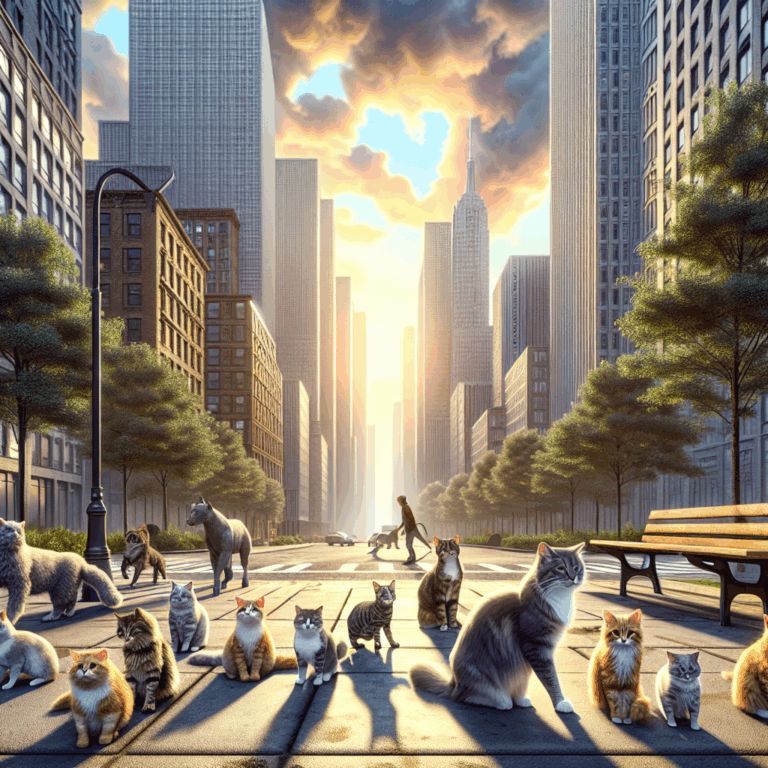
In a world where urban landscapes are constantly evolving, the role of cats in shaping cityscapes might come as a surprise to many. While these enigmatic creatures are often associated with domestic environments, their influence on urban planning and development is both profound and understated. Across the globe, cities are finding innovative ways to incorporate feline-friendly designs into their infrastructure, reflecting a growing recognition of the unique needs and contributions of cats in urban ecosystems.
One of the most striking examples of this trend can be seen in the cat-friendly initiatives that are gaining traction in major metropolitan areas. For instance, in Istanbul, a city renowned for its historical love of cats, urban planners have taken significant steps to ensure that street cats have access to food, water, and shelter. This has resulted in the installation of cat houses and feeding stations throughout the city, seamlessly integrating feline habitats into the urban fabric. Such measures not only enhance the quality of life for cats but also foster a sense of community among residents, who often come together to care for their furry neighbors.
Moreover, the presence of cats in urban environments has been linked to several ecological benefits. Cats help control the population of rodents and other pests, contributing to a more balanced urban ecosystem. This natural pest control service reduces the need for chemical pest management, promoting a healthier environment for both humans and wildlife. Urban planners are increasingly recognizing the importance of maintaining green spaces and corridors that allow for the coexistence of cats and other urban species, thus enhancing biodiversity within city limits.
Architectural designs are also evolving to accommodate the needs of urban cats. Some innovative apartment complexes now feature cat-friendly amenities such as enclosed terraces, catios (cat patios), and vertical gardens that provide safe and stimulating environments for feline residents. These designs not only cater to the well-being of cats but also appeal to the growing number of pet owners who seek living spaces that accommodate their companions.
Beyond the physical infrastructure, the integration of cats into urban life has sparked a cultural shift in how cities are perceived and experienced. The presence of cats in public spaces has been shown to reduce stress and increase social interactions among city dwellers. In Japan, for example, designated “cat streets” have become popular attractions, drawing tourists and locals alike who are eager to experience the unique charm of feline-friendly neighborhoods. These areas often feature cat-themed cafes, shops, and events, creating vibrant cultural hubs that celebrate the bond between humans and their feline friends.
The rise of cat-friendly cities also reflects broader societal changes, as urban populations increasingly value sustainability, community, and well-being. By designing urban spaces that accommodate the needs of all inhabitants, including cats, cities are embracing a more inclusive and holistic approach to development. This shift is not only enhancing the quality of life for urban cats but also fostering stronger connections between people and the natural world.
In conclusion, while cats may not be the first creatures that come to mind when considering urban planning, their influence on cityscapes is undeniable. From ecological benefits to cultural enrichment, the presence of cats in urban environments offers a multitude of advantages that are being increasingly recognized by city planners and residents alike. As cities continue to evolve, the incorporation of feline-friendly designs and initiatives will undoubtedly play a crucial role in shaping the future of urban living.

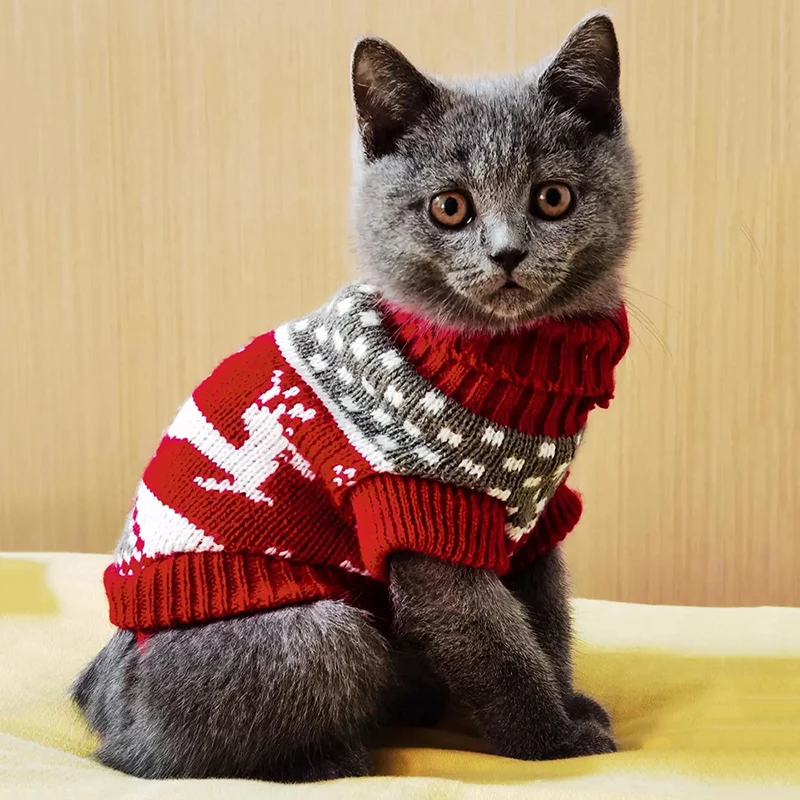
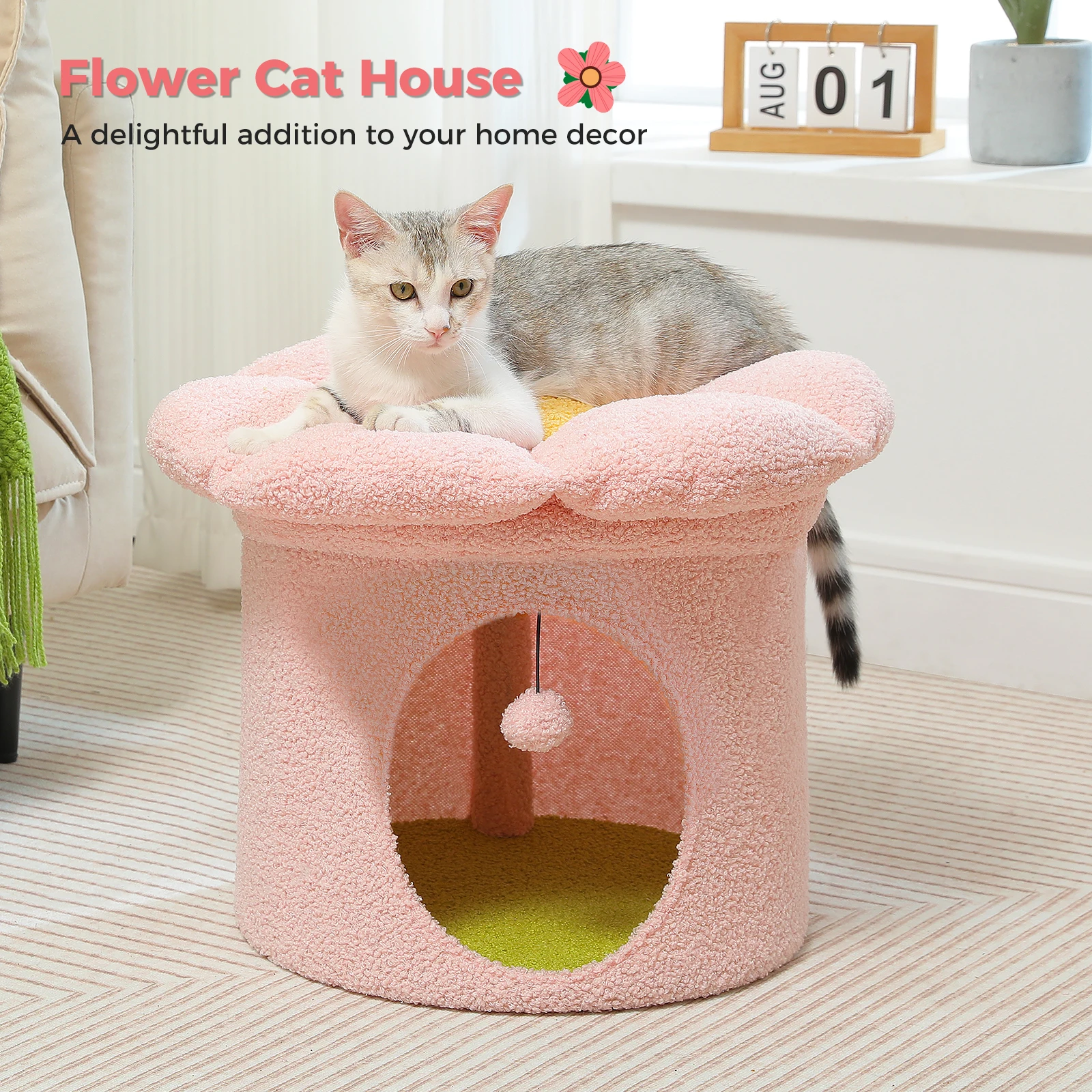
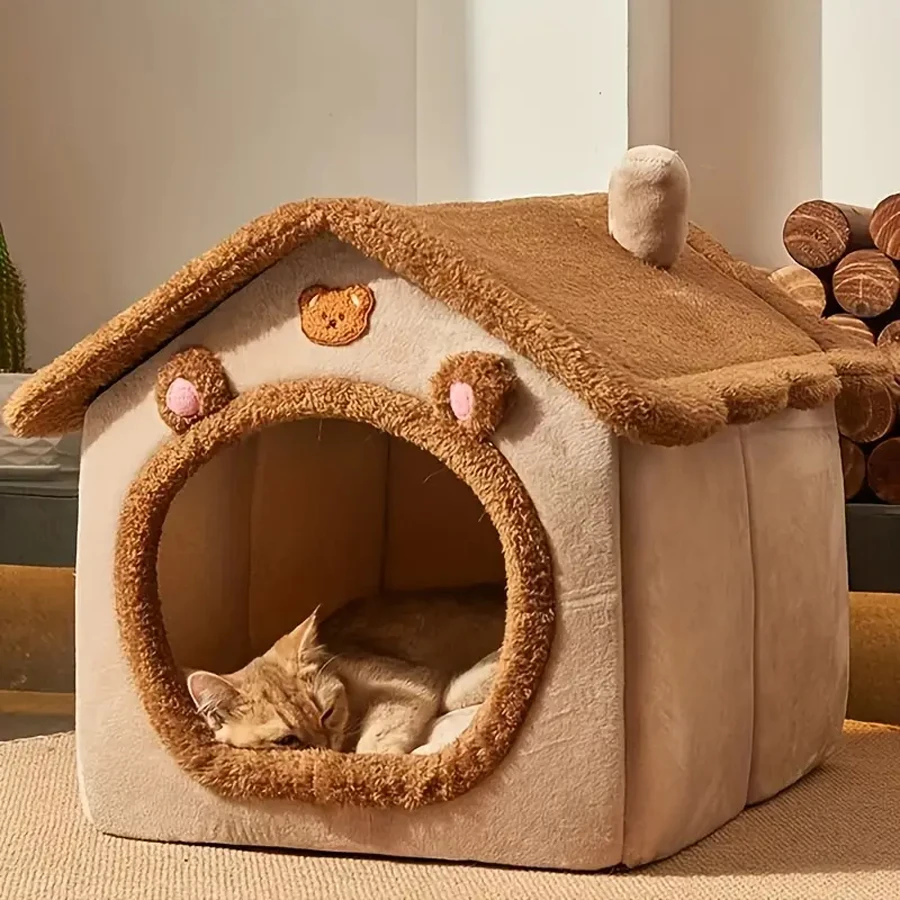

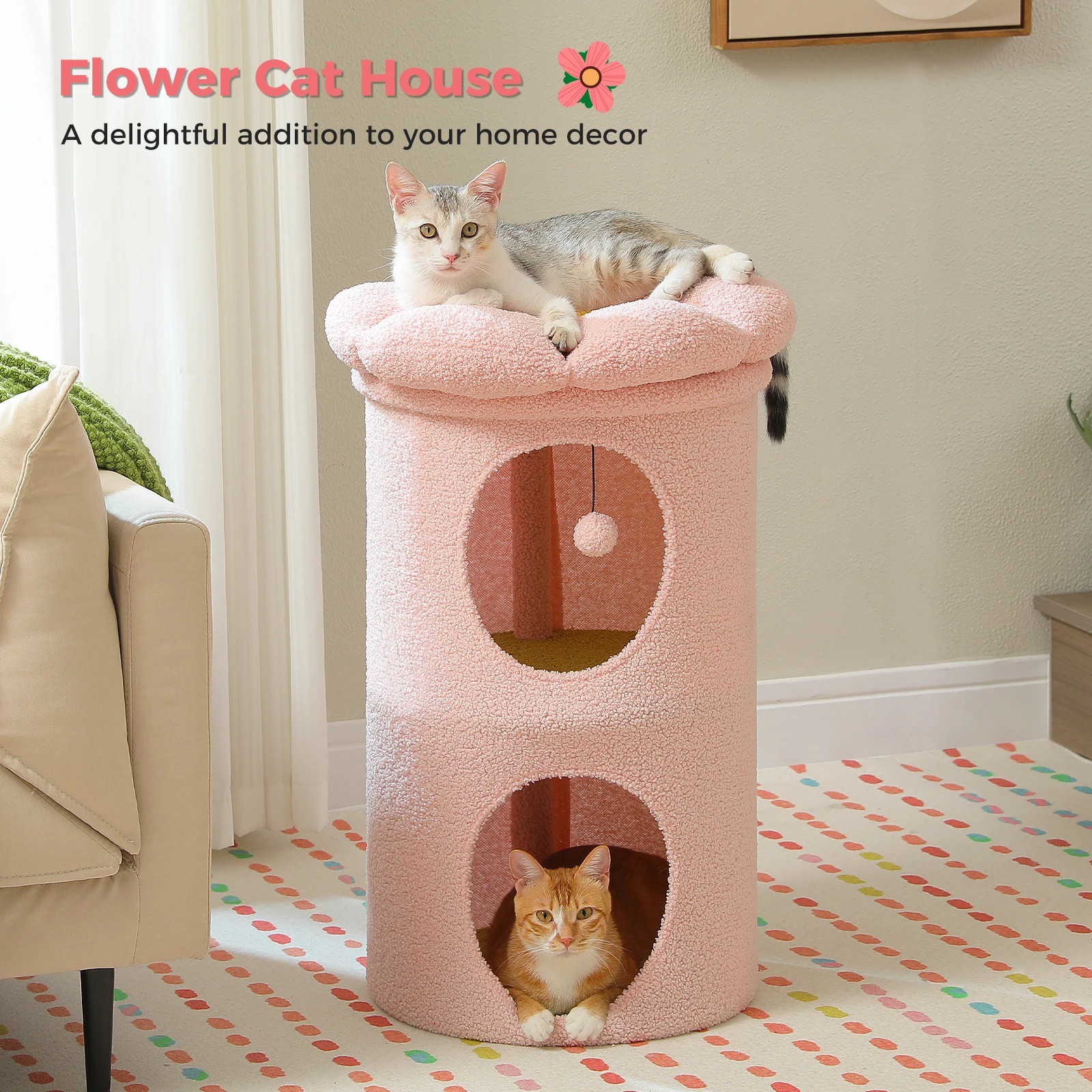

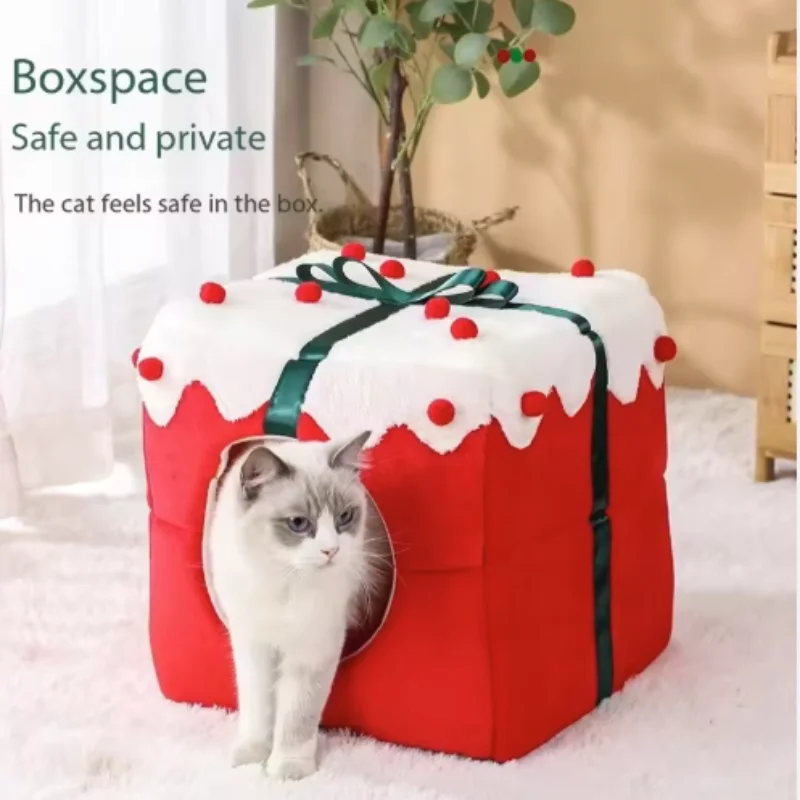

5 thoughts on “The Feline Innovators of Urban Planning: Cats and Their Quiet Influence on Cityscapes”
This article highlights the fascinating ways cats contribute to urban environments and community well-being.
This insightful piece highlights the unique and beneficial role cats play in shaping and enhancing urban environments.
It’s great to see recognition of the positive impact cats have on urban life. Their role in fostering community and contributing to ecological balance is indeed fascinating.
This article overlooks the potential negative impact of stray cat populations on native wildlife in urban areas.
This article provides an interesting perspective on how cats are being considered in urban development and community planning.